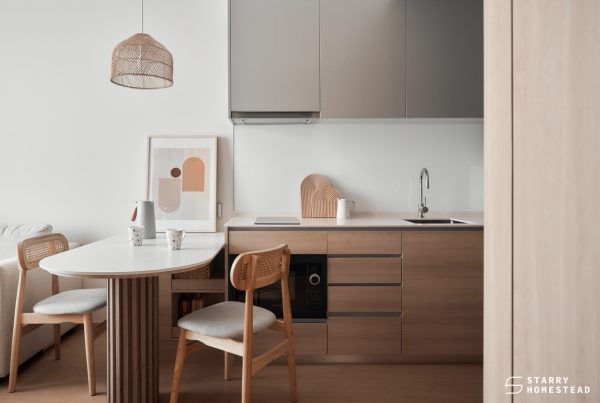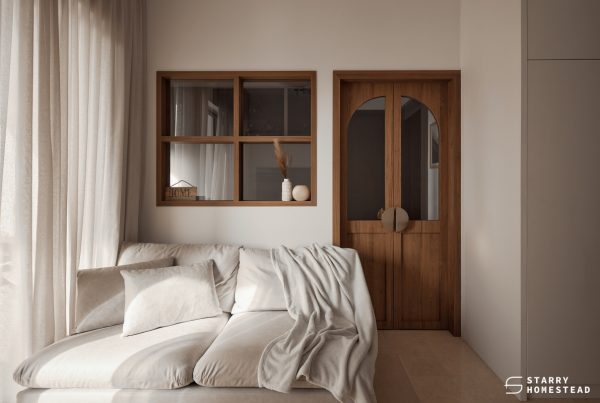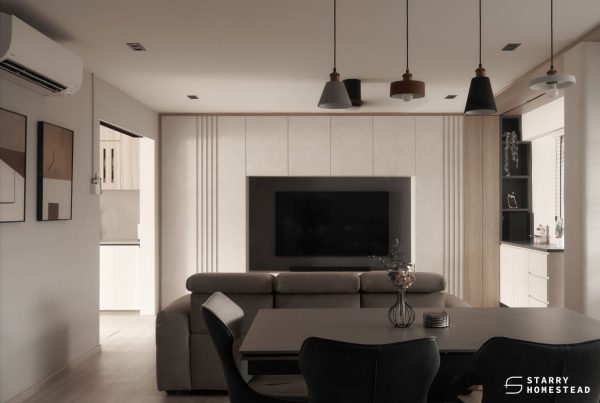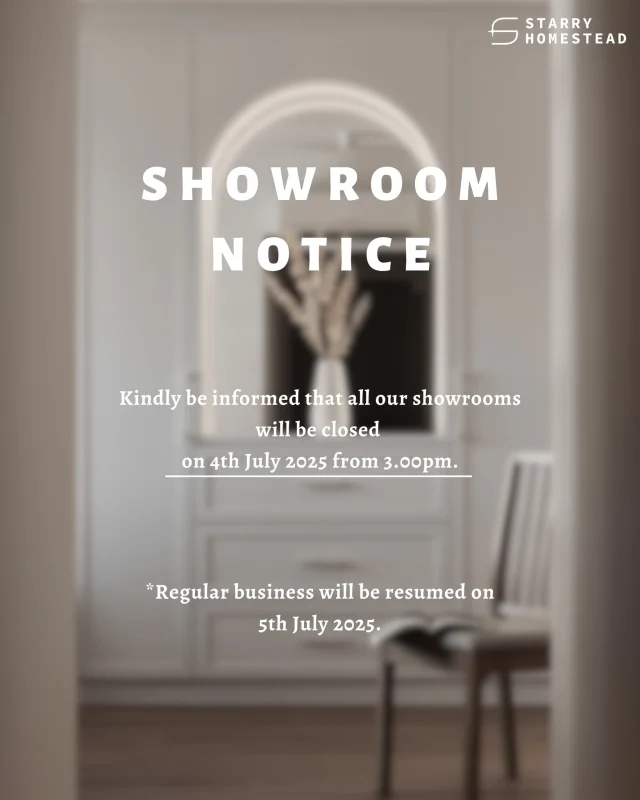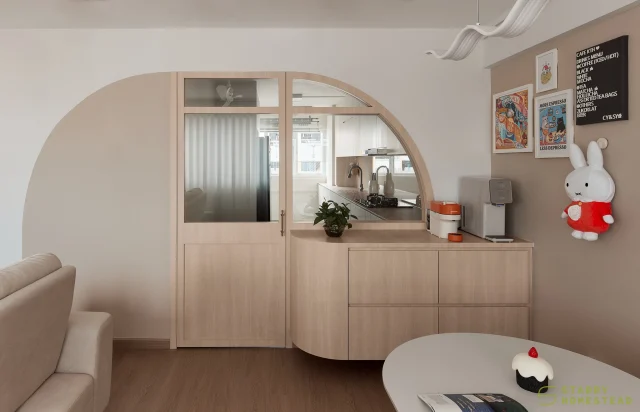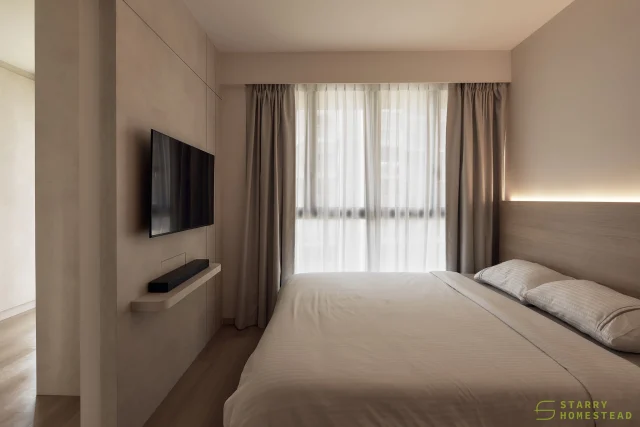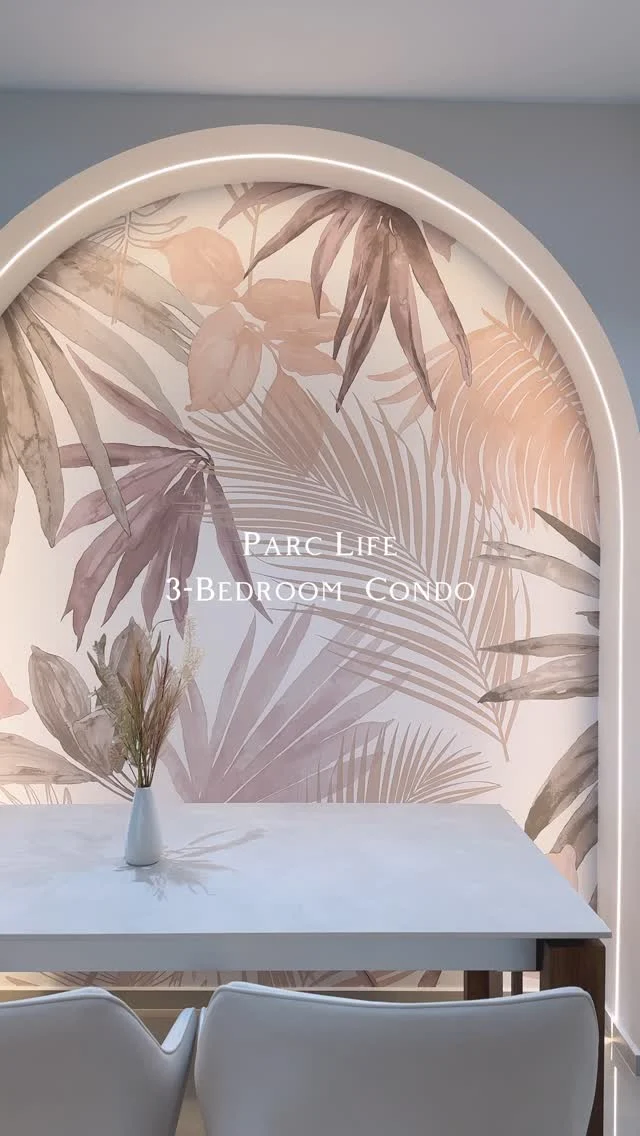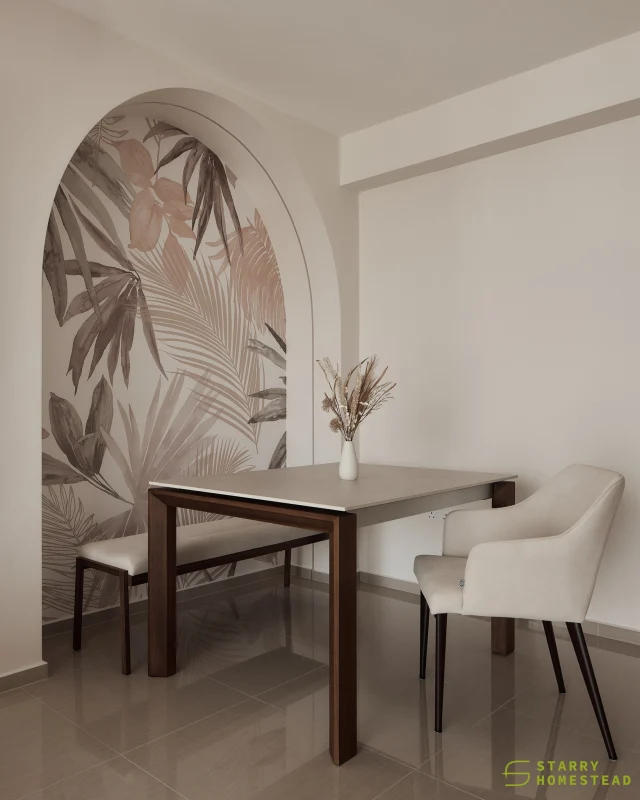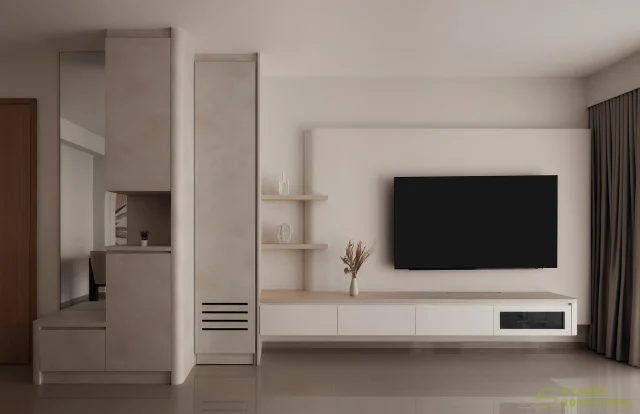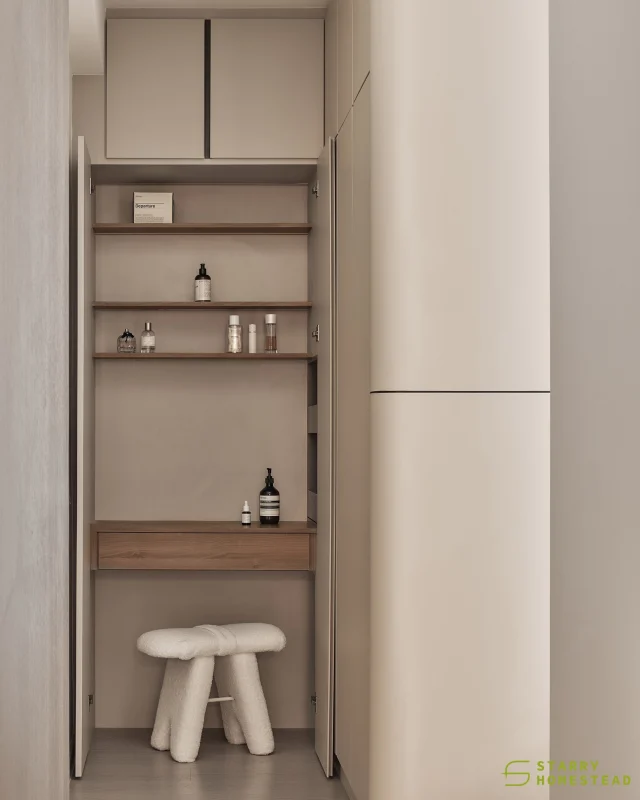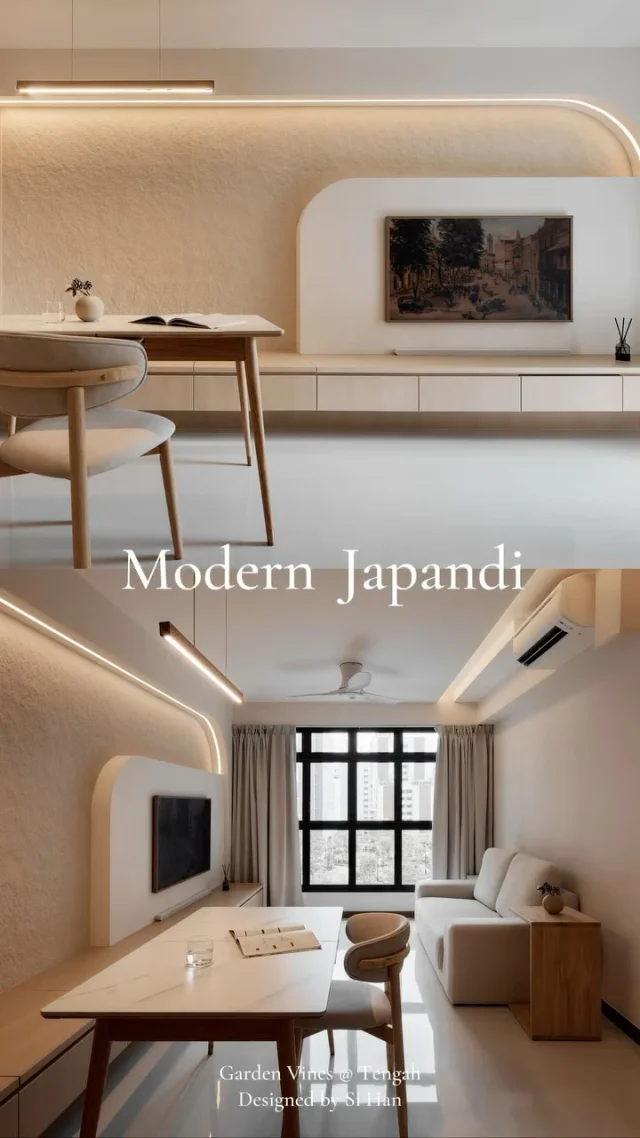Two of today’s most popular interior design styles, which are often confused with one another due to their similarities, are Muji and Scandinavian interior design. Both styles have garnered considerable attention for their airy, minimal, and homely interiors, a feature particularly appealing in Singapore, where homes are increasingly becoming smaller.
What makes these design styles unique, and what are their differences? Find out more below.
Design Philosophy
Both Scandinavian and Muji interior design styles emphasise simplicity and functionality, with design elements kept to a minimum so they complement each other in the space while serving their purpose.
Homes designed in either of these styles will not contain furniture or items that are redundant and not useful. Even furnishing the home with a small decorative item requires thoughtful consideration; it should be an essential part of the decor and capable of changing how the space looks before being placed in the home.
However, their differences are significant.
The Scandinavian interior design style is relatively new, having emerged in the early 1900s. It is a modernist style that incorporates modern and contemporary components. On the other hand, the Muji interior design has a lot of historical significance, with Japanese culture and the zen lifestyle influencing its philosophy.
As the zen lifestyle is a way of living with awareness and mindfulness, where imperfection is embraced, and serenity and high-quality living are prioritised, you’ll notice a lot of natural materials and the presence of raw elements to some extent.
Colours
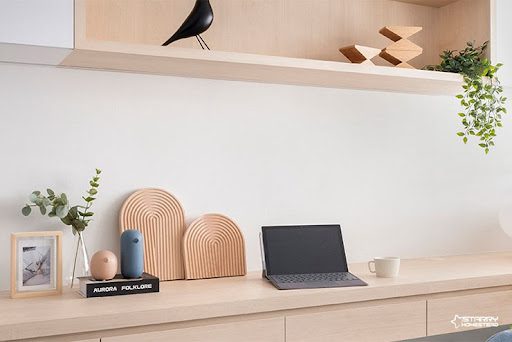
The colours used in Muji interior design styles are often neutral, topped with temperate and modest tones such as brown, beige, cream, and natural wood colours. This is because the Japanese zen lifestyle emphasises serene and calm interiors. Vibrant and contrasting colours would make the home look complex and loud to the eye, which isn’t very calming for the mind.
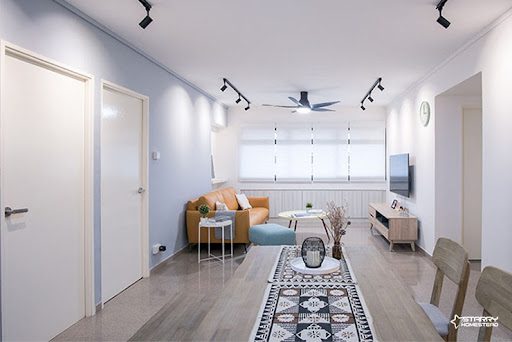
Conversely, colours used in Scandinavian interiors can be highly contrasting as long as they complement each other and are balanced with a neutral background like white, grey, or cream. Some colour combinations we’ve seen include yellow and blue against a grey backdrop and turquoise, green, and beige against a cool white backdrop.
Another difference between both styles, often overlooked, is the choice of wood tones. Muji interiors typically feature whitish-wood flooring paired with medium-brown wooden furniture, whereas Scandinavian interiors usually have medium-brown wooden floors paired with whitish wooden furniture. But this is subject to change based on homeowners’ preferences.
Furniture
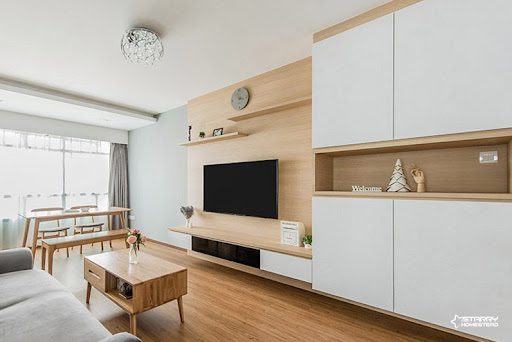
In terms of furniture styling, Muji interiors often feature more natural, raw-looking materials such as cotton, linen, wood, and rattan, as opposed to Scandinavian interiors, which feature a lot of sleek and clean-looking furniture.
The Muji interior design style typically requires more wooden carpentry work; its philosophy also prioritises quality and practical furniture with uniform designs of linear and simple geometric shapes that can be easily adapted to suit changing needs.

On the contrary, the Scandinavian style allows for mixing and matching loose furniture pieces of various materials as long as they adhere to the same simple and functional principles. Accent furniture can also be found in Scandinavian homes occasionally, but not in Muji interiors.
While homeowners often confuse one home decor style with another, it isn’t wrong, and you shouldn’t worry too much about it. Ultimately, your home should be decorated in a style you love and find most comfortable. Elements from both Muji and Scandinavian interior design styles can even be merged to create a home that genuinely resonates with you.
From design ideation, spatial and layout planning, renovation, and customised furniture and fixture construction to purchasing furniture and accessories, we bring your dream homes to fruition. At Starry Homestead, we believe in first understanding your lifestyle, needs, and dreams before creating your ideal home. Thinking of renovating your abode? Contact us today to speak to one of our experienced interior designers in Singapore. Alternatively, explore our articles on creating a Wabi-Sabi home and designing a modern luxury space for more inspiration.
Applying Muji or Scandinavian Interior Design Styles to Your Space
Adopting Muji Elements: Creating Serene and Functional Spaces
To create serene and practical spaces with Muji elements, use natural materials like wood and linen. Minimalist furniture prioritising functionality helps maintain clutter-free layouts, essential for a calm atmosphere. Neutral colour palettes comprising shades of beige, cream, and soft whites are key to achieving the desired tranquillity. Incorporate ample storage solutions to keep spaces tidy and peaceful, essential for the minimalist, Zen-like ambience characteristic of Muji interiors.
Embracing Scandinavian Influences: Infusing Warmth and Simplicity
Incorporating Scandinavian influences involves using light tones such as soft greys, whites, and pastels to create a bright and airy feel. Cosy textiles like wool and fleece blankets, along with clean lines in furniture design, contribute to a sense of simplicity and comfort. Natural elements, such as wooden accents and indoor plants, bring a touch of the outdoors inside, enhancing the welcoming ambience. This interior style promotes a cosy, simple, inviting comfort, making the space feel like a warm, lived-in home.
